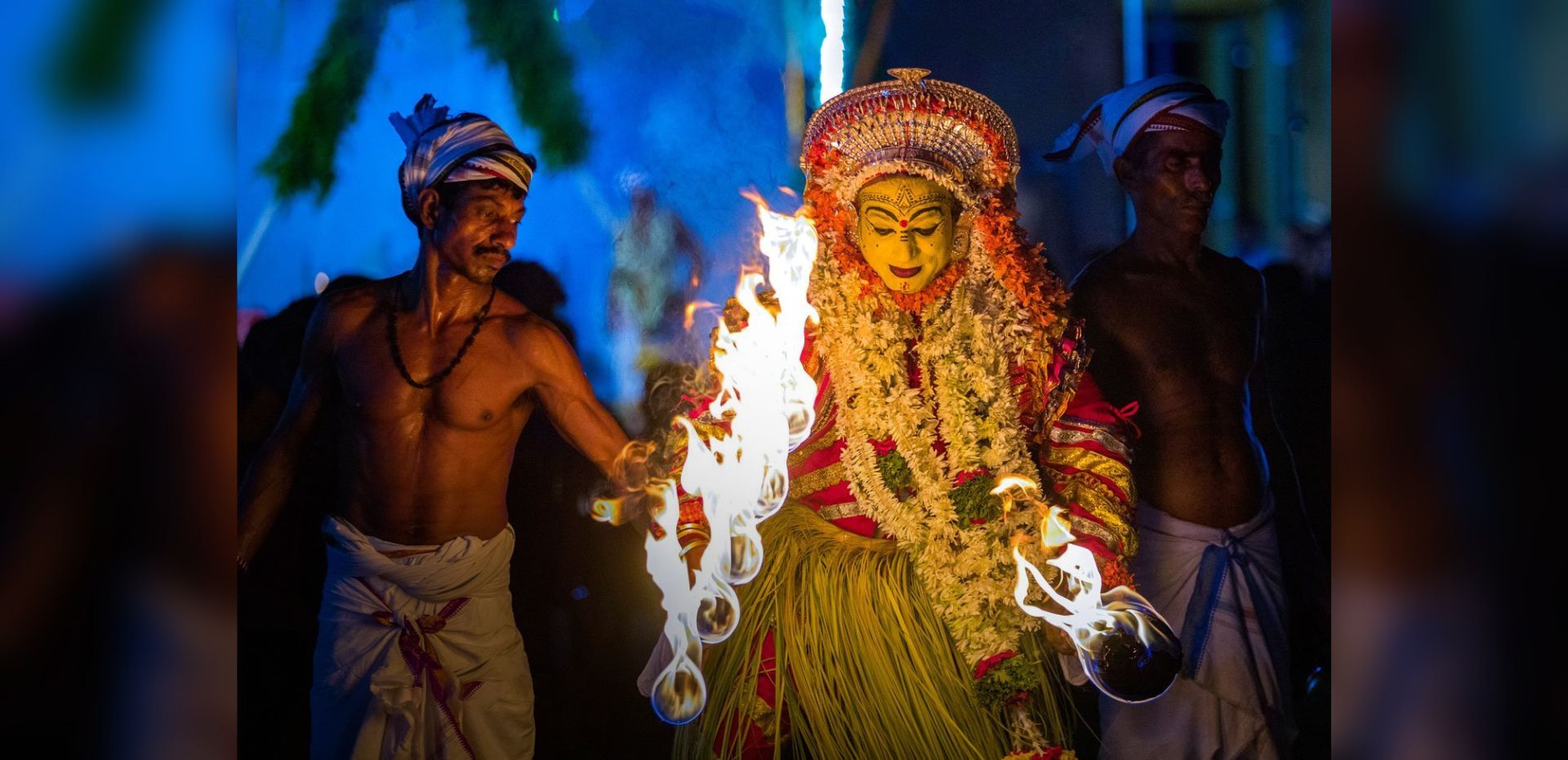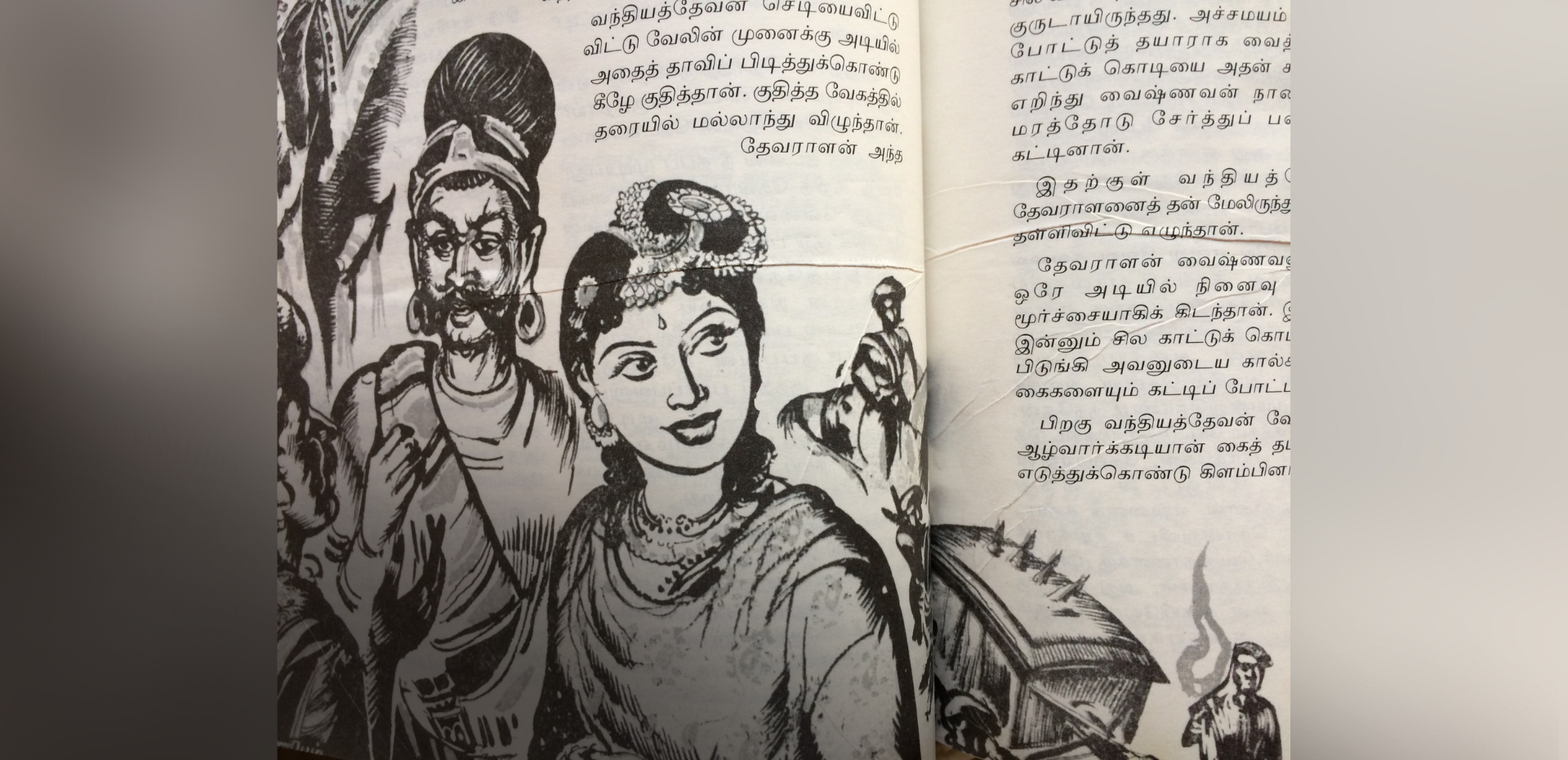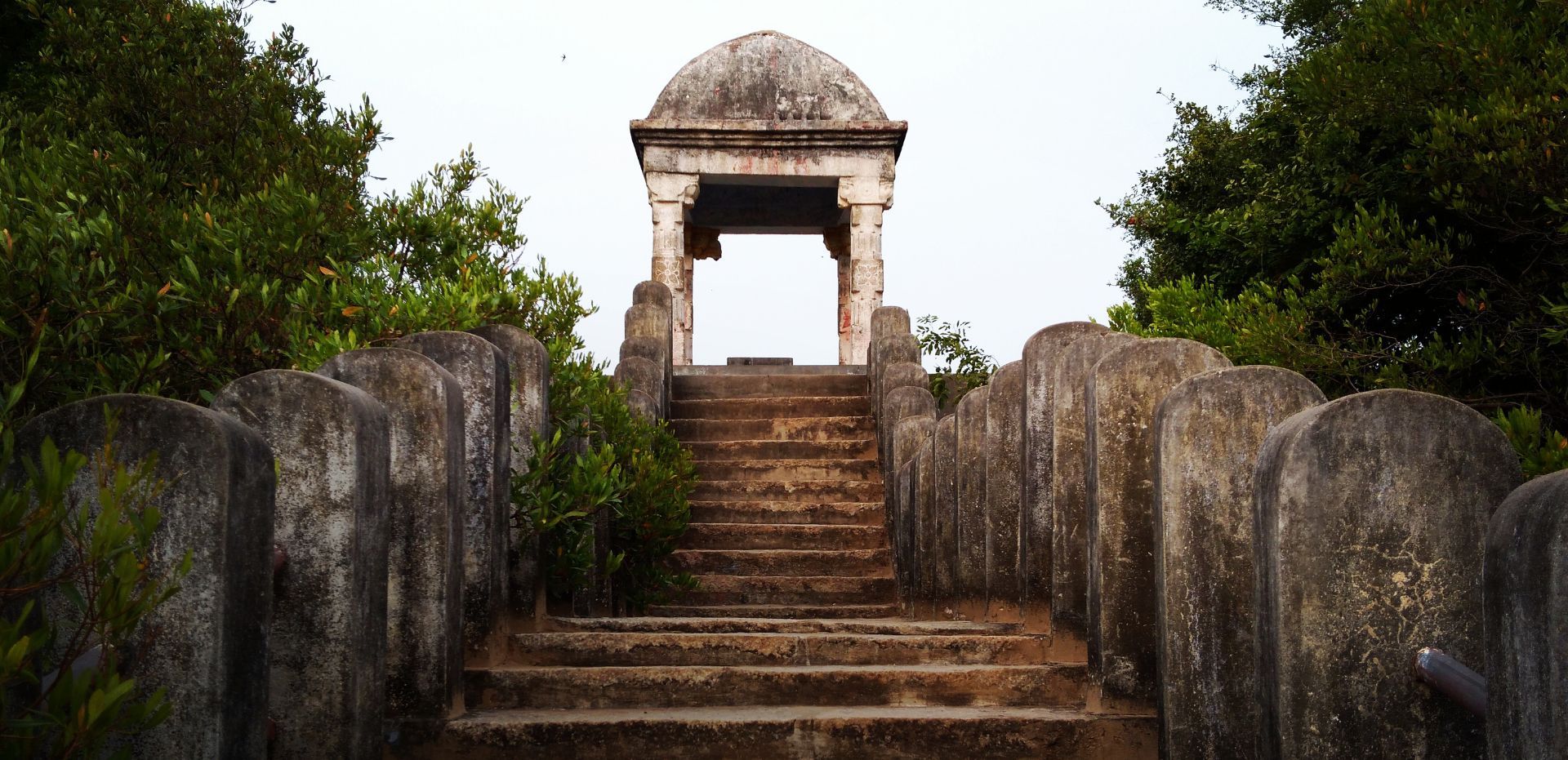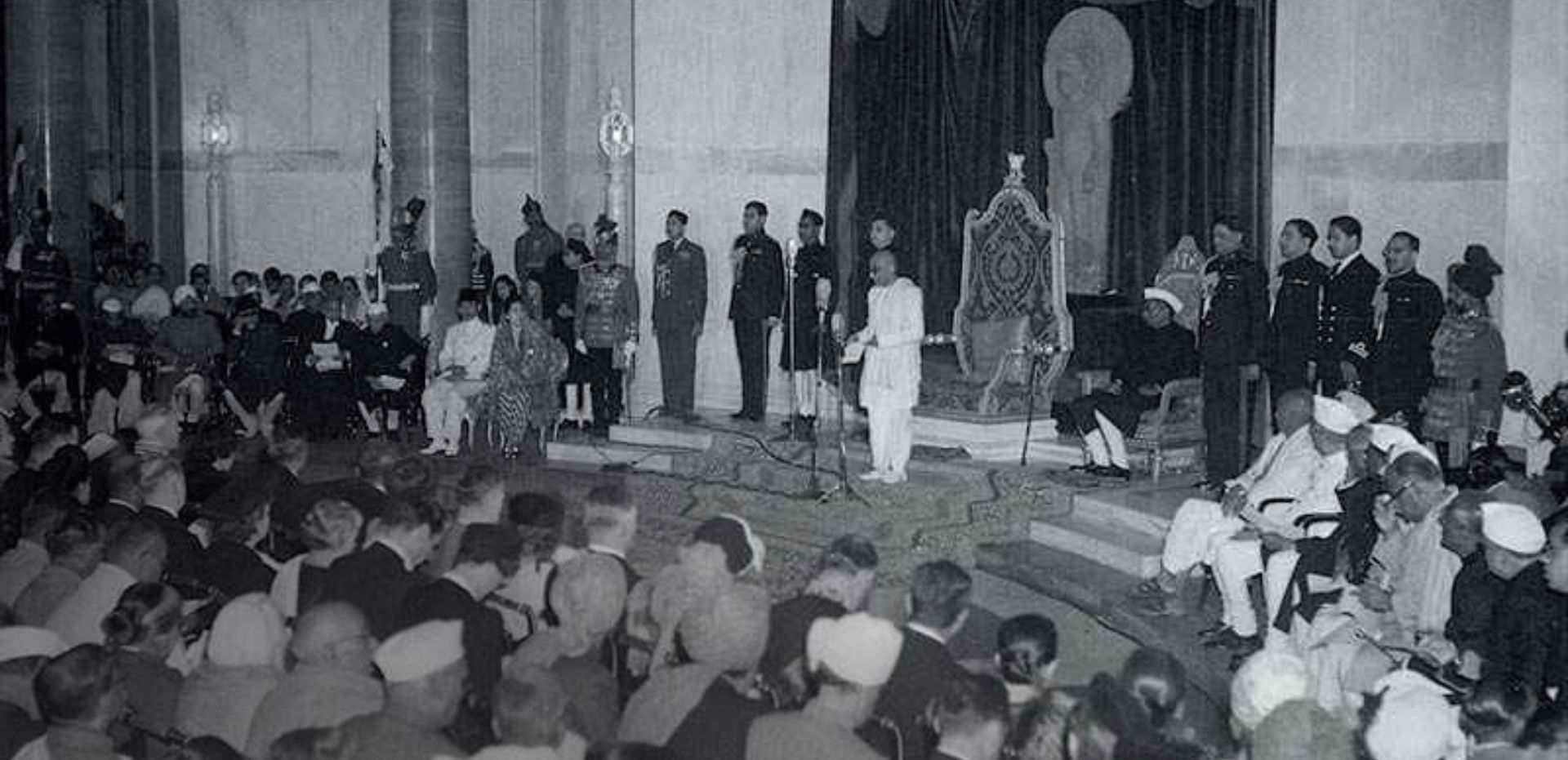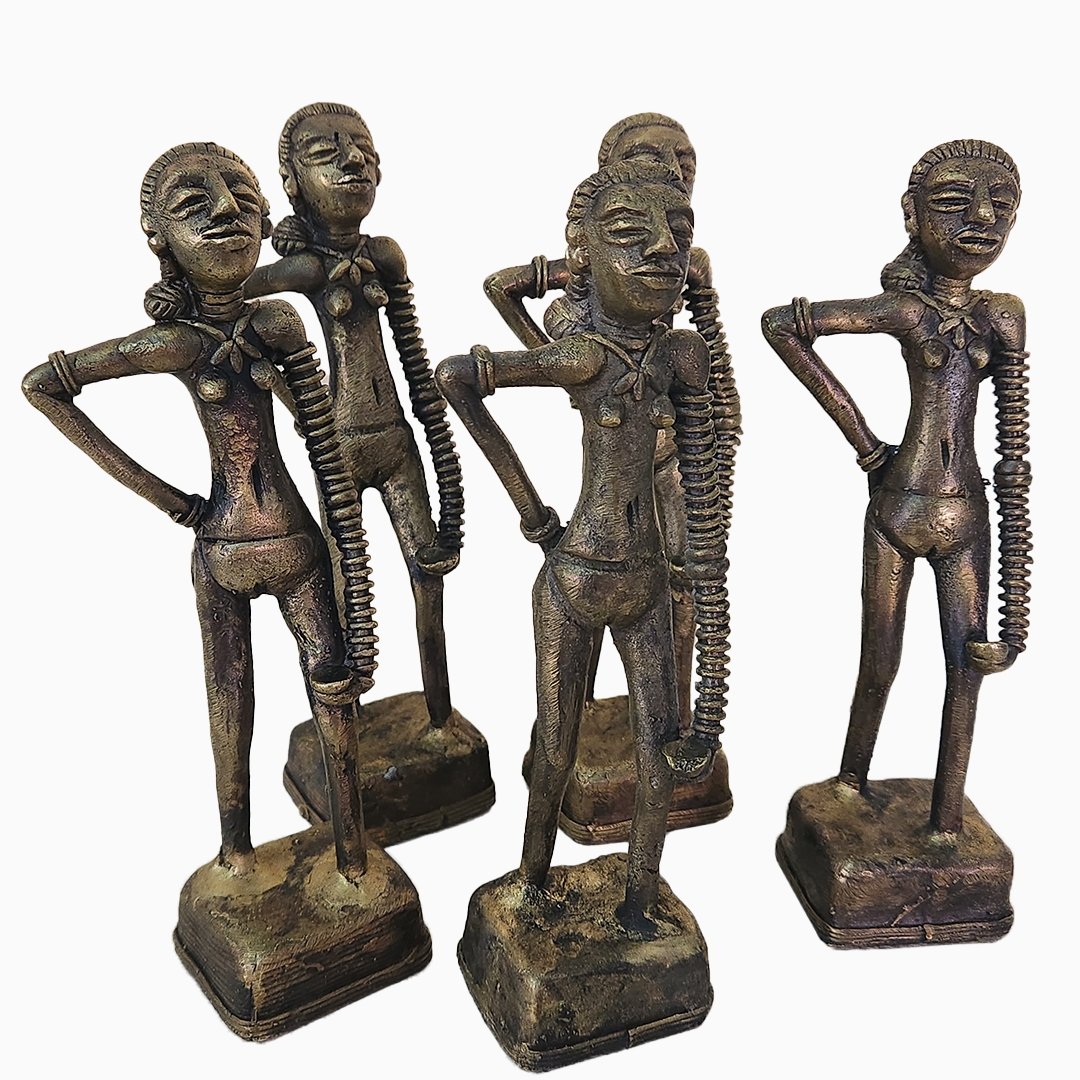The Legend of Andal
BOOKMARK
Kothai
of that priest,
chief of Puduvai,
city of towering mansions embellished with gold
strung a garland of a sweet song,
of the dark lord and his game with the girls.
-Excerpted from Nachiyar Thirumoli by Andal (translation by Archana Venkatesan)
The 7th to 9th century CE represents a turbulent period in the religious history of Tamil Nadu, with a great wave of religious fervour sweeping through the Tamil landscape. Unconditional devotion (bhakti) came to be recognised as an important way to serve the gods, and among the foremost proponents of the Bhakti movement were the 12 Vaishnavite Alwars. In Puduvai, the ‘city of towering mansions’, the Vaishnavite Bhakti movement reached great heights: Periyalwar and Andal, two of the 12 Alwars, lived in this city of ‘renown and fame’. Known today as Srivilliputhur, a temple town 80 km south-west of Madurai, Puduvai and its legendary Andal hold a special place in the religious history of India.
Legend and fact blend to tell us the story of Andal. According to the hagiography provided in the 14th-century Manipravalam work Guruparampara Prabhavam 6000 by Pinpalakiya Perumal Jeeyar, legend has it that Vishnucittan (Periyalwar), a priest at the Vatapatrasayi Vishnu temple at Srivilliputhur, longed for a child and prayed to Vishnu to give him one. One day, when visiting the temple garden to collect flowers for the Vishnu idol’s daily garland, he saw a baby girl lying under a Tulsi plant. Realising that this was Lord Vishnu’s way of fulfilling his prayer, Vishnucittan adopted the baby and named her Kothai.
Kothai grew into a great devotee of Lord Vishnu and wished to be married to him. Every day, she would wear the garland prepared by Vishnucittan for the Vishnu idol and imagine herself as Vishnu’s bride before returning the garland to its place. Vishnucittan, unaware of the garland’s ‘desecration’ at Kothai’s hands, would place the garland on the idol of Vishnu. One day, however, Kothai was caught in the act by Vishnucittan. Deeply disturbed at the violation of the shastric rules, Vishnucittan did not garland the idol of Vishnu.
That night, Vishnu appeared in a dream to Vishnucittan and asked him why he had not given him the garland worn by Kothai that day. This made Vishnucittan recognise the divinity in her and prompted him to name Kothai ‘Soodi-Kodutta-Nachiyar’ or the ‘Lady who gave what she had worn’. After this incident, Kothai, now fully intent on marrying no one but Vishnu, immersed herself in devotion to the god and penned two great literary works in Tamil: the Thiruppavai and Nachiyar Thirumoli.
Kothai made Vishnucittan describe the various forms of Vishnu on earth, and upon hearing of Vishnu’s form and deeds as Lord Ranganatha in Srirangam, she decided that she would marry only him.
Once again, Vishnu appeared in a dream to Vishnucittan and conveyed to him his willingness to accept Kothai as his wife. A royal wedding procession was arranged by Vishnu himself to bring Kothai from Srivilliputhur to Srirangam, and upon entering the sanctum ...








